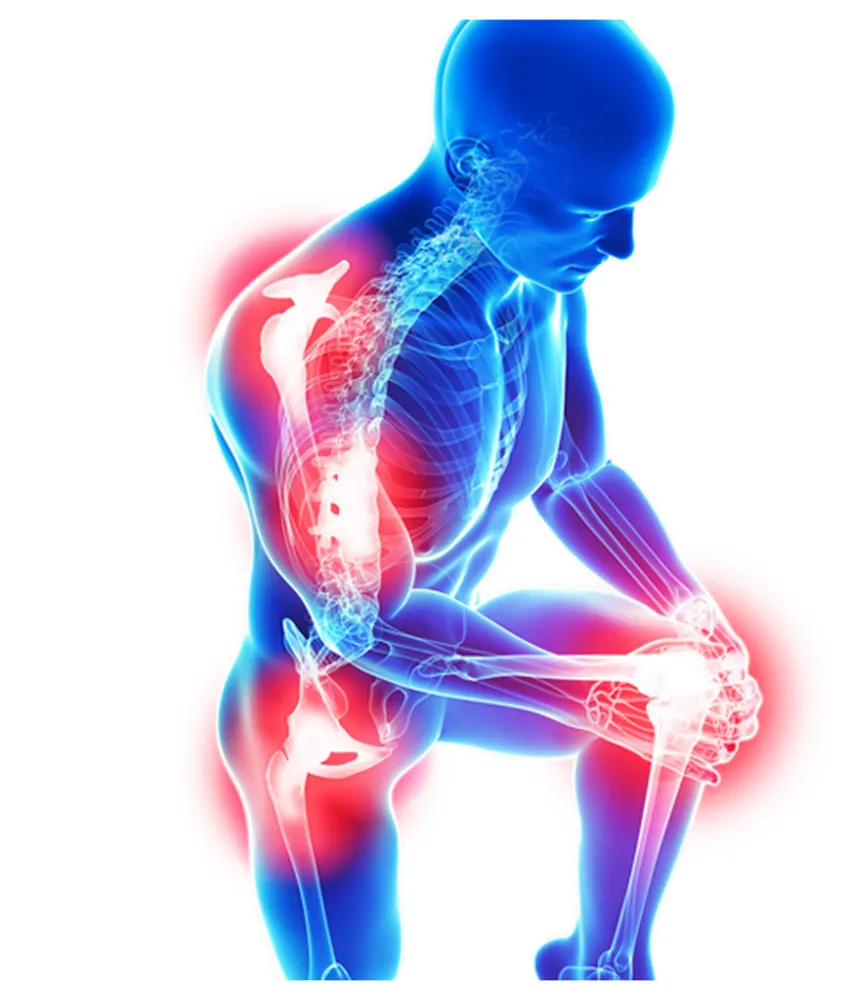Treating Wrist/Hand Pain Without Surgery
The hand and wrist are susceptible to pain and damage since they are necessary for daily activities and athletic activities. For long-lasting relief, our experts determine the underlying reason and administer customized, non-surgical treatments.
Many illnesses, including Carpal Tunnel Syndrome, Tendonitis, Arthritis, Ganglion Cysts, Sprains, and Trigger Finger, can cause pain in the hands and wrists. These ailments can cause pain, edema, stiffness, and restricted mobility.
Finding the best course of treatment depends on an early diagnosis made by imaging and physical examination. Pain can be eased and function enhanced through non-surgical options including PRP, EMTT, Splinting, and therapeutic injections.
Wrist/Hand OA & Joint Pain
Causes :
When the joint cartilage deteriorates, wrist or hand osteoarthritis progresses, causing pain, stiffness, and limited mobility. Contributing factors include aging, genetics, repetitive strain, previous injuries, and inflammatory conditions.
Symptoms :
- Aching or sharp pain
- Reduced flexibility
- Inflammation around the joints
- Decreased grip strength and difficulty holding objects
- Bony growths or deformities
Diagnosis :
A physical examination is essential to diagnose osteoarthritis in the hands and wrists, evaluating range of motion, stiffness, and pain. Imaging tests like X-rays and MRIs help detect joint damage, bone changes, and cartilage loss.

Tendinitis & Tendinosis
Causes :
When the joint cartilage deteriorates, wrist or hand osteoarthritis progresses, causing pain, stiffness, and limited mobility. Contributing factors include aging, genetics, repetitive strain, previous injuries, and inflammatory conditions.
Symptoms :
- Aching or sharp pain
- Reduced flexibility
- Inflammation around the joints
- Decreased grip strength and difficulty holding objects
- Bony growths or deformities
Diagnosis :
A physical examination is essential to diagnose osteoarthritis in the hands and wrists, evaluating range of motion, stiffness, and pain. Imaging tests like X-rays and MRIs help detect joint damage, bone changes, and cartilage loss.

Carpal Tunnel
Causes :
When the joint cartilage deteriorates, wrist or hand osteoarthritis progresses, causing pain, stiffness, and limited mobility. Contributing factors include aging, genetics, repetitive strain, previous injuries, and inflammatory conditions.
Symptoms :
- Aching or sharp pain
- Reduced flexibility
- Inflammation around the joints
- Decreased grip strength and difficulty holding objects
- Bony growths or deformities
Diagnosis :
A physical examination is essential to diagnose osteoarthritis in the hands and wrists, evaluating range of motion, stiffness, and pain. Imaging tests like X-rays and MRIs help detect joint damage, bone changes, and cartilage loss.

DeQuervian's Syndrome
Causes :
When the joint cartilage deteriorates, wrist or hand osteoarthritis progresses, causing pain, stiffness, and limited mobility. Contributing factors include aging, genetics, repetitive strain, previous injuries, and inflammatory conditions.
Symptoms :
- Aching or sharp pain
- Reduced flexibility
- Inflammation around the joints
- Decreased grip strength and difficulty holding objects
- Bony growths or deformities
Diagnosis :
A physical examination is essential to diagnose osteoarthritis in the hands and wrists, evaluating range of motion, stiffness, and pain. Imaging tests like X-rays and MRIs help detect joint damage, bone changes, and cartilage loss.


